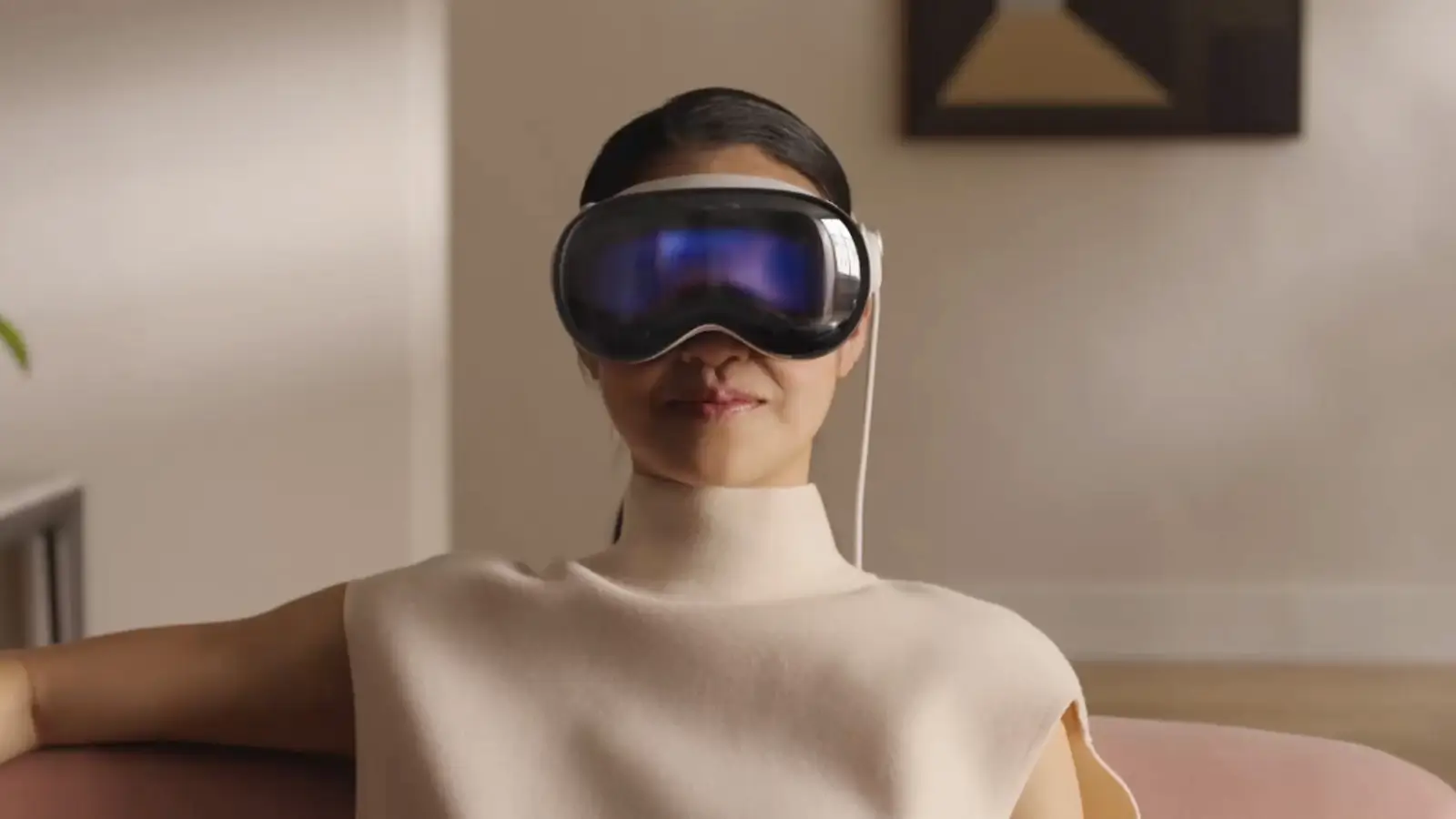Today marks a milestone in the tech world as Apple’s highly anticipated Vision Pro headset becomes available in the U.S., introducing consumers to a new era of mixed-reality experiences. With a price tag starting at $3,500, this cutting-edge device has been over a decade in the making, promising a blend of immersive technology and practical applications.
Here’s what you need to know about Apple’s Vision Pro:
Pricing and Variants:
- The Vision Pro comes in multiple storage variants, with the base model offering 256 GB of storage priced at $3,500.
- Higher storage options include the 512 GB variant for $3,700 and the 1 TB variant for $3,900.
Customized Fit:
- Buyers will undergo a headscan process using their iPhones or iPads to ensure a precise fit with the headset.
- Optional add-ons include readers and prescription inserts, available for $99 and $149 respectively.
Market Reception:
- Renowned Apple analyst Ming-Chi Kuo estimated initial sales of 160,000 to 180,000 units during the first pre-order weekend.
- However, Kuo warns of potential demand slowdown once core enthusiasts and early adopters make their purchases.
Functionality and Applications:
- The Vision Pro offers a versatile range of applications, spanning entertainment, work, and task-based functionalities.
- Users can interact with apps while maintaining awareness of their physical surroundings.
Display and Compatibility:
- Boasting a display with more pixels than a 4K TV for each eye, the Vision Pro ensures a visually stunning experience.
- Supported streaming apps include Disney+, HBO Max, and Amazon Prime Video, though Netflix, Spotify, and YouTube will not be available at launch.
Battery Life and Connectivity:
- The headset’s battery pack provides up to two hours of usage and is connected via a woven USB-C cable.
Apple’s Vision Pro represents a significant leap forward in the realm of mixed-reality technology, offering a blend of immersive experiences and practical functionalities. As consumers eagerly await its arrival, the Vision Pro is poised to redefine how we interact with digital content and our surrounding environment.




